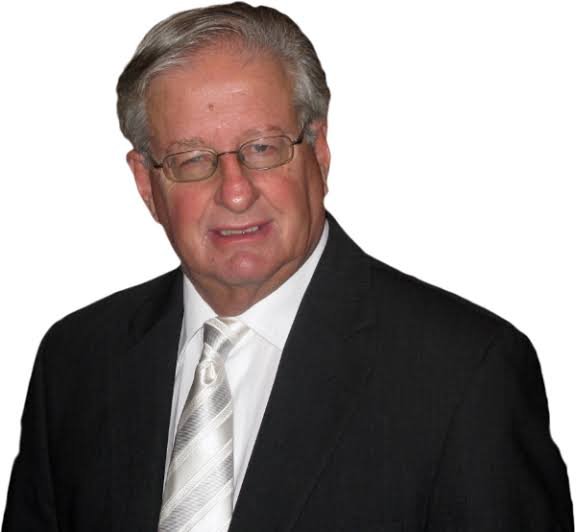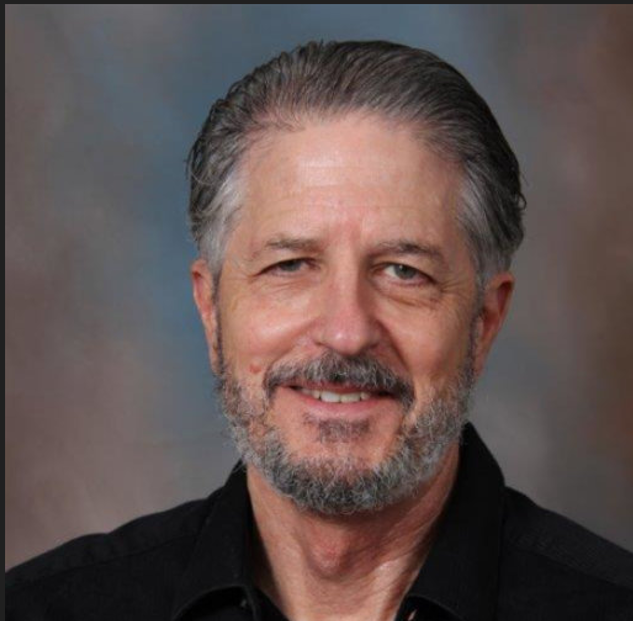The Role of Influential Figures in Education
Throughout history, influential figures in education have played a pivotal role in transforming academic landscapes. These notable scholars, educators, and thought leaders possess the ability to steer educational discourse, thereby impacting teaching methodologies and institutional reforms. Their philosophies and innovative ideas serve as catalysts for change, challenging conventional approaches and inspiring both educators and students alike.
The contributions of these prominent figures vary widely but often focus on enhancing the learning experience through innovative practices. For example, individuals such as John Dewey advocated for experiential learning, reinforcing the idea that education should be rooted in real-life experiences. Similarly, Maria Montessori introduced a child-centered approach that emphasized independence and active learning, significantly impacting early childhood education. Such reforms highlight the importance of tailoring educational practices to meet the diverse needs of learners, thus fostering an inclusive educational environment.
Moreover, influential educators often encourage collaboration among institutions, driving initiatives that bring together various stakeholders. Figures like Paulo Freire, with his emphasis on critical pedagogy, pushed for dialogue and interaction between educators and students to create a more egalitarian educational framework. Their philosophies not only advocate for educational reform but also nurture a culture of engagement and participation within academic settings. This collaborative ethos is essential for cultivating innovative teaching methods and shared projects that enhance the academic experience.
In essence, the impact of these influential figures reaches beyond the classroom. Their reflections, teachings, and research contribute to the ongoing evolution of educational paradigms, emphasizing the need for adaptability and forward-thinking approaches. By challenging established norms and encouraging creativity, these notable scholars pave the way for future generations, ensuring that education continues to evolve in response to societal needs.
Key Meetings: A Personal Academic Journey
Throughout her educational journey, I have been fortunate to meet several influential figures whose insights and expertise have profoundly shaped her approach as an educator and lifelong learner. One of the most impactful relationships I forged was with Professor Klissouras. During a seminar on innovative teaching techniques, his passionate advocacy for experiential learning convinced her of the importance of engaging students in real-world scenarios. His methods not only inspired me to rethink her curriculum but also encouraged her to implement hands-on projects that foster deep understanding among my students.
Another pivotal figure in her academic evolution was Professor Heil. His research on cognitive learning strategies bridged the gap between theory and practice, prompting me to integrate evidence-based methodologies into her own teaching. In their discussions, Professor Heil emphasized the significance of adapting instructional styles to meet diverse student needs. This insight led her to refine her lesson plans, ensuring they were inclusive and conducive to varied learning preferences. The collaborative workshops they conducted together provided invaluable opportunities to share their experiences and collectively enhance their pedagogical approaches.
Professor John Heil
A key influence in my academic journey was Professor John Heil. His direct involvement with the USA Olympic Fencing Team and hospital intervention work effectively bridged the gap between theory and practice. He inspired her to adopt evidence-based methods in her independent research for her doctoral dissertation.
When she faced challenges researching “Mental illness in athletes,” she encountered the taboo notion that Olympic athletes, celebrated for their beauty, strength, and psychological resilience, could not have mental health issues. However, her work sought to uncover the real mechanisms behind athlete suicides. Moving from Europe to the United States opened numerous opportunities for her to explore the truth further.
Dr. John Heil, a past president of Division 47 (sport psychology) of the American Psychology Association (APA), has also been the Chair of the Sport Medicine & Science Committee of the United States Fencing Association since 1995, and a member of the Sport Science Board of the International Swim Coaches Association since 2016, working with Olympic champions like Michael Phelps.
His accolades include the Devon Prep Athletics Hall of Fame (2017), Paul Harris Leadership Award from the Salem, Virginia Rotary (2014), Virginia Amateur Sports Wall of Honor (2010), Virginia Social Science Association Development Award (1981), Packard Fellowship (1978-1979), Carnegie Fellowship (1975-1976), National Institute of Mental Health Fellowship (1973-1974), Sigma Chi Fraternity Scholarship Award (1972-1973), and General Motors Scholarship (1970-1972).
Originally, Sigmund Freud walked from Berggasse to Café Sperl, but metaphorically, Professor Heil has given Freud wings to run and even fly. In addition to the “Welfare officers” from the IOC, the emergence of sport psychiatry as an academic discipline can indeed “give Freud wings.”
Professor Heil’s participation in the FEPSAC congress, among many other contributions, makes him akin to a “running Freud,” symbolizing progress and adaptability in sports psychology.
Dr. Donald Meichenbaum
Lastly, her encounter with Dr. Meichenbaum marked a transformative moment in her career. Renowned for his contributions to cognitive-behavioral theory, Dr. Meichenbaum’s seminars illuminated the power of critical thinking and problem-solving skills in education. His encouragement to adopt a student-centered focus underscored the necessity of nurturing learners’ abilities to think independently. This connection not only enriched her teaching philosophy but also expanded her professional network, allowing her to engage with like-minded educators committed to advancing educational methodologies.




